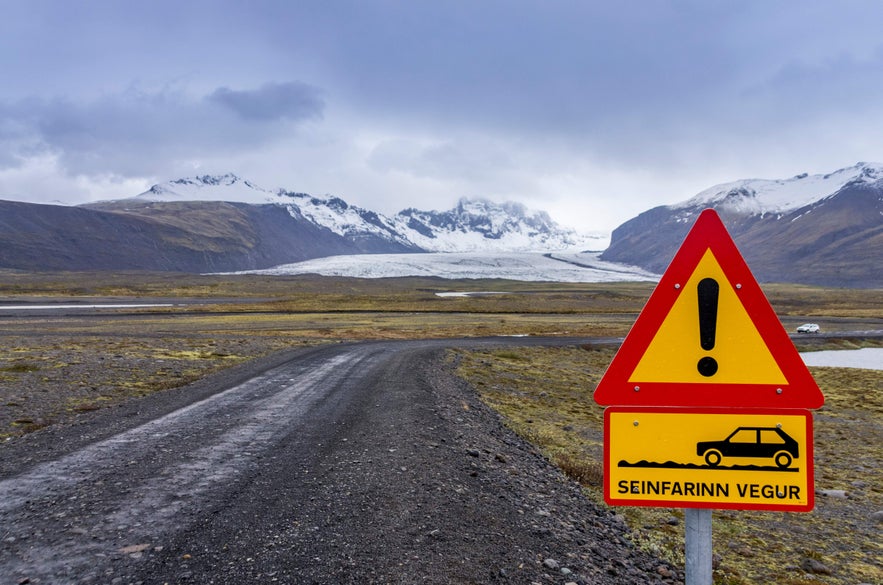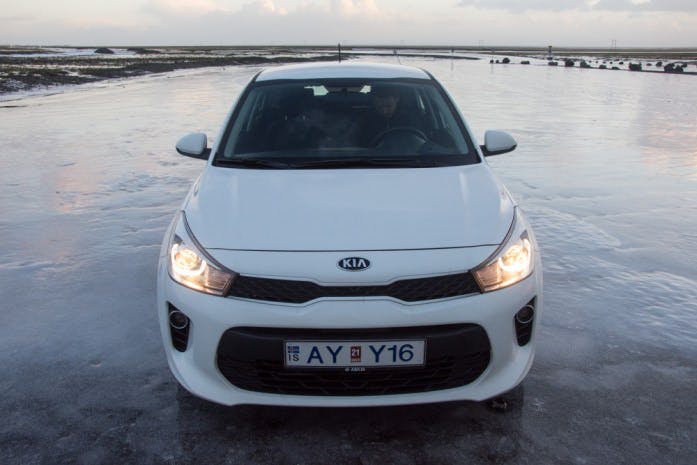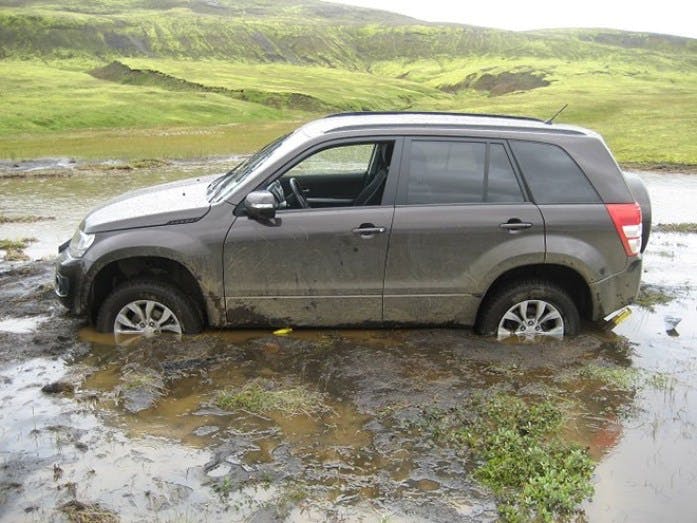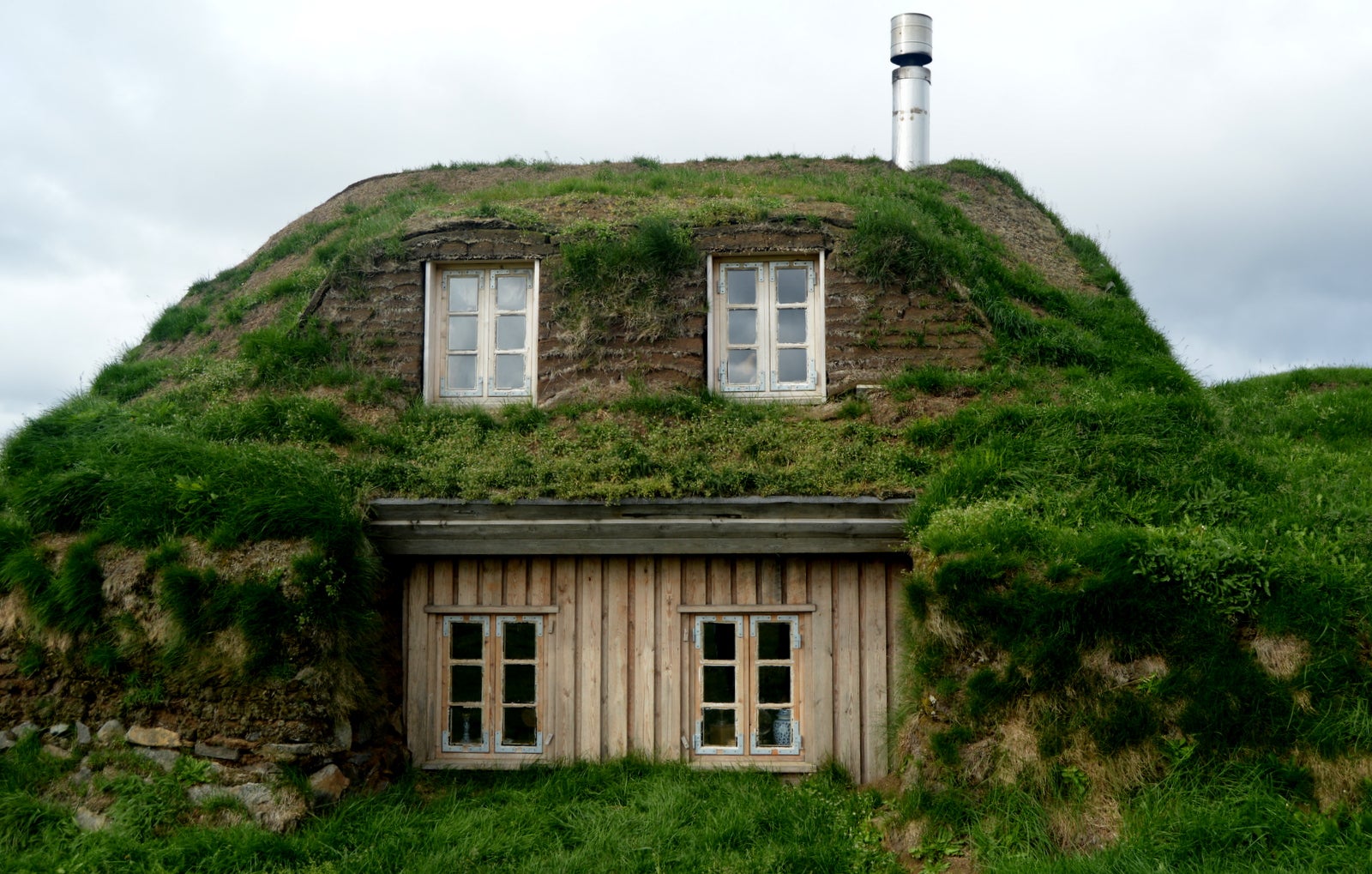Are you planning to visit Iceland and you want to do it at your own pace? Then renting a car in Iceland and taking a self-drive tour might be the best solution for you. Without any doubts, trying to figure out which car rental company to use, which car to rent, which insurance do you need, etc. can give you a headache. Especially if you go through the Tripadvisor forums and read all the horror stories about people getting ripped off by the car rental agencies.
Don´t worry we have been through the same and not just once. We have been to Iceland three times, and I believe we will come back again soon.

In this article, we summed up all the answers to most asked questions about renting a car in Iceland.
Why should I consider renting a car in Iceland?
If you’re the type of person that wants to have control over your holiday, travel in your own pace and enjoy the freedom, then you should rent a car rather than boarding a bus or joining guided tours. You might argue with me that renting a car in Iceland is expensive. Yes, it is. But you know what else is expensive? Buses. And guided tours. And food and drinks and clothes and pretty much everything else.
Where should I rent a car?
As you have probably noticed there is a vast number of car rental companies with a different price range that you can choose from. After you have decided that renting a car in Iceland is what you want, you will probably go to google and type something like “best car rental in Iceland” or “renting a car in Iceland cheaply.” However, the search result will be a bunch of sponsored links to different companies, where each of them claims to be the best and cheapest.
It can be confusing. If you find a car rental company that you like, always take some extra time and check their online reviews. People are usually quite vocal about anything that went wrong with their car rental, so you can get an idea based on some reviews and number of stars, if you want to rent a car from that particular agency or not. We have rented a car from the guide to Iceland, and we were delighted.
Should I get a pick up at the Keflavik airport?
Keflavik airport is 45 minutes drive from the city center of Reykjavik. Most of the car rentals offer a pickup and drop off at the airport, which I would recommend considering. The average price for a one-way bus ticket from Keflavík airport to Reykjavík city center is 2.400 ISK (24 USD, 19 EUR) And that is the price of going to the Reykjavik bus terminal.
If you wish to have a drop off in front of your hotel or guest house, then the price goes up to2.900 ISK (29 USD, 23 EUR). You can find the lowest car rental price per day as little as 48 EUR which is the same price as paying a bus ticket for two people.
When is the high season for renting a car in Iceland?
Summer months (from May to September) are the most expensive months for renting a car in Iceland. So if you can visit Iceland outside of the summer, then you might save a considerate amount of money. Some car rental companies have only summer and winter seasonal price categories. Others have five or more seasons spread across the year. There are also discounts for long term rental. For example, the guide to Iceland offers for some cars 10% discount for 7-13 days, 15% discount for 14-20 days and 20% discount for 21+ days.
I have checked the prices for renting a car in Iceland in different months throughout the year. In the table below you can see how the price changes. It might help you to save some money on your vacation in Iceland if you are a little bit flexible with your time. (Hyundai i10is a small 2WD car and Dacia Duster is a 4WD. Prices are from the guide to Iceland web page. They might change over time. This is a table to show you how they change throughout the year)
Should I rent a 4WD or 2WD?
Questions about renting 4WD or 2WD are the most asked question about renting a car in Iceland. Answering questions about driving and traveling in Iceland, in general, will highly depend on who is asking, where are they heading and when are they heading there. We drive a lot in winter conditions in Norway so winter Iceland is not much of a deal for us. However, it might be an entirely new experience to drive on ice and snow to people from let’s say, Los Angeles.
It will depend on which season do you want to travel in and what do you want to do. It is not the truth that 4WD is necessary to be able to explore Iceland. If you stick to the Ring Road, then 2WD is just fine.
So, to make it a little bit more comfortable – I made a table to show you in a very visual way, when and where do you need to have a 4WD car in Iceland.
Is 4WD safer than 2WD?
Contrary to common belief, 4WD are not safer in the snowy and icy conditions – the fact that you have a 4WD will help you keep going, but it doesn’t help with stopping! 4WD was made to move heavy loads without spinning wheels on mostly dry surfaces. Or to get a vehicle up steeper grades without spinning wheels. All motor vehicles need traction for safe steering and safe breaking. 4WD/AWD does not provide extra traction for steering or breaking!!!!
So, if you take the fundamental laws of physics into account, you might realize that on the snowy and icy conditions 2WD might be much “safer” option than 4WD. 2WD will leave you stranded early and keeps you out of trouble. The trouble only 4WD/AWD owners might get into when they think that they are driving a “safer” car and they do not adjust their speed. Much more 4WD vehicles are involved in accidents on snow and ice than 2WD.
Concerning the safety – instead of worrying if you should rent a 4WD you should check that your car has proper tires. Especially if you are planning a self-drive tour in Iceland in winter, you should be sure, that your vehicle has studded winter tires. Remember, that your safety is primarily the result of your driving style and that you should always adjust your speed appropriate for the conditions of the road!
If you still do not believe me, I recommend reading a bit more about how the 4WD work and how is it with the safety of these articles:
Is 4WD safer than 2WD? Not per IIHS driver death rates
All Wheel Drive Does Not Make You Safer
Does all-wheel drive actually help in winter driving?
Some parking places actually look more like ice skating rinks.
How high are the gasoline prices in Iceland?
The gasoline price can substantially increase the expenses for your trip. Here is a link to a price comparison service for gasoline and diesel prices in Iceland. In the left menu, you can choose a region. However, have in mind that it is better to keep your gas tank half full. It is not a problem in the area around the capital, but do not expect gas station every 50 km in the rest of the country.
Is GPS needed when I am renting a car in Iceland?
I do not know many countries, where the navigation would be more comfortable than on Iceland. After all, there is only one main road, Route 1, that goes around the whole island. It is commonly called the Ring road. The total length of the Ring road is 1,332 kilometers (828 mi). You could have a use for navigation if you need to drive a lot inside Reykjavik, but for the rest of the island, it is easy to navigate with maps only. Sometimes it is difficult to get a mobile data, so I would recommend downloading an offline version of google maps and maps.me
Mileage
Rental cars in Iceland often come with a limited number of kilometers you can drive before you have to pay extra fees. The fees are quite high, so if you plan to drive more significant distances (e.g., driving around the island), you will almost certainly exceed it. When renting a car in Iceland, remember to check that you have unlimited mileage!
Which insurance do I need (theft, gravel, sand/ash)?
Do I need Sand and Ash Protection?
It depends on when and where are you planning to drive. After the eruption of Eyjafjallajökull volcano in 2010, sand and ash covers large parts of the south of Iceland. That can become very dangerous and cause extensive damages to your rental car. The ash and sand season is usually in the spring when the snow is already gone, and the grass is not growing yet. So it cannot protect you from being bombarded by sand during extra windy days.
Therefore, if you are planning to go to locations with lots of sand or ash (e.g., the South Coast), then you should make sure that you get the Sand and Ash Protection. If you are planning to travel during the winter, it might be not necessary. You should always check the weather forecast and in case of strong winds park your car somewhere safe and wait it out.
Do I Need Gravel Protection?
Yes and no. If you are planning to stay in the surrounding of Reykjavik, then you do not need gravel protection. I would say that the same goes for the Golden Circle and the South Coast as there are almost no roads with loose gravel. If you are planning to drive the Ring Road around the whole Iceland, then I would highly recommend it. If you plan to take any of the F roads, then gravel protection is a must!
Do I Need Theft Insurance?
I would say no. Iceland is extremely small and safe country with the very low crime rate. What is more, Icelanders are known to leave the engine running to keep their cars warm in winter while running small errands.
What are the speed limits in Iceland?
50 Km/h inside towns
30 Km/h in residential areas
80 Km/h on city three-lane roads
90 Km/h on paved highways
80 Km/h on highways if there’s gravel. But to minimize damage to the car you should be driving at around 50 Km/h
Can I go to the F-roads and what are they?
F-roads are mountain roads in the highland of Iceland. They are often impassable far into summer. The F-roads are not regularly maintained. Beware that you might encounter some problematic river crossings, as well as large holes in the road, etc. The F-roads are only suitable for AWD or 4WD vehicles and NOT allowed for 2WD cars! However, the fact that you have rented 4WD vehicle does not necessarily mean that the car is qualified for highland driving. Always check with your car rental before you rent a car! They might give you some valuable advice about which F-roads are drivable and which you should probably avoid. Here you can average opening times on popular F-roads in Iceland and current road conditions of mountain roads.
Map of the highland “F roads” in Iceland
Off-road driving is strictly forbidden!!!!!
Even if you are driving a 4×4 vehicle all off-road driving (driving off designated roads), is illegal in Iceland. It might seem like a funny idea to you to try some rally driving in the volcanic ash, but illegal off-road driving can cause a great deal of damage to the flora of protected areas, some of it irreversible. On top of that, you are risking a huge fine. Take a look here how Chinese tourists on their two 4WD tore up volcanic sands on the road to Landmannalaugar or how another foreign tourist ended up in a bog.
Photo: From the Facebook page of the police in Hvolsvöllur.
Driving the Ring Road around Iceland
Iceland has one main road, Route 1, that goes around the whole island. It is commonly called the Ring road. The total length of the Ring road is 1,332 kilometers (828 mi). Do not expect any highway, for almost all its length; the way is two lanes wide. It is kept open over the winter, but it might happen then some parts can be closed due to bad weather or strong winds.
Theoretically, it is possible to drive around Iceland in 15-16 hours, given that road conditions are right. If you are planning on driving around Iceland in winter (October-March), you need to be more flexible with your time and take at least 10-14 days to do the circle. On top of that, you should get prepared for the possibility of the road closure. In that case, you will need to wait for a day or two until the roads are passable again. The roads in the south and around Golden Circle are considered good, but even here there was such severe weather this winter that the road had to be closed. You have an even bigger probability to experience bad weather and road closures in the east or north of the country.
How to stay safe on Icelandic roads
Driving in Iceland is not for everyone. It’s a good idea to really honestly evaluate your skills as a driver to cope with the conditions in Iceland. The weather on Iceland is unpredictable, and the road conditions might be challenging, even in the summer. You might encounter animals on the road just as well as another inexperienced driver that can test your driving skills. I do not want to scare you; most drivers should be completely fine if they use common sense. But if you are hesitant, there are also other ways how to experience Iceland without renting a car.
Here are a few tips, that might make your self-drive trip easier and safer:
Always check the condition of roads on road.is!!!
You can save your travel plan on safetravel and you should check for possible dangers, alerts and road closures there as well
Use common sense and adjust your driving to the road conditions. It sounds trivial, but I can not emphasize it enough!!!
 If there is a sign saying that the road is not suitable for 2WD vehicles then it really is not. Do not attempt to drive there if you do not have 4WD. You might end up being towed and it won’t be cheap.
If there is a sign saying that the road is not suitable for 2WD vehicles then it really is not. Do not attempt to drive there if you do not have 4WD. You might end up being towed and it won’t be cheap.
If you encounter a closed road, do not try to drive there.
Keep an eye on the fuel meter. The distance between gas station might be considerable. It won’t be funny if you can’t move your car in the middle of nowhere on a deserted road.
Keep a safe distance from cars in front of you. Some tourists in Iceland have a habit of suddenly stopping in the middle of the road every time they see something interesting. It will be hard to break in icy ways, and you might crash into them!
Watch out for animals on the road.
Renting a car in Iceland and driving in winter
The same rules as above apply for winter driving in Iceland. On top of that, you should remember to always have your lights on. And be even more careful!
Thank you for reading this post about renting a car in Iceland. If you have any questions or comments, do not hesitate to write us! http://realcamplife.com/
R+I


















